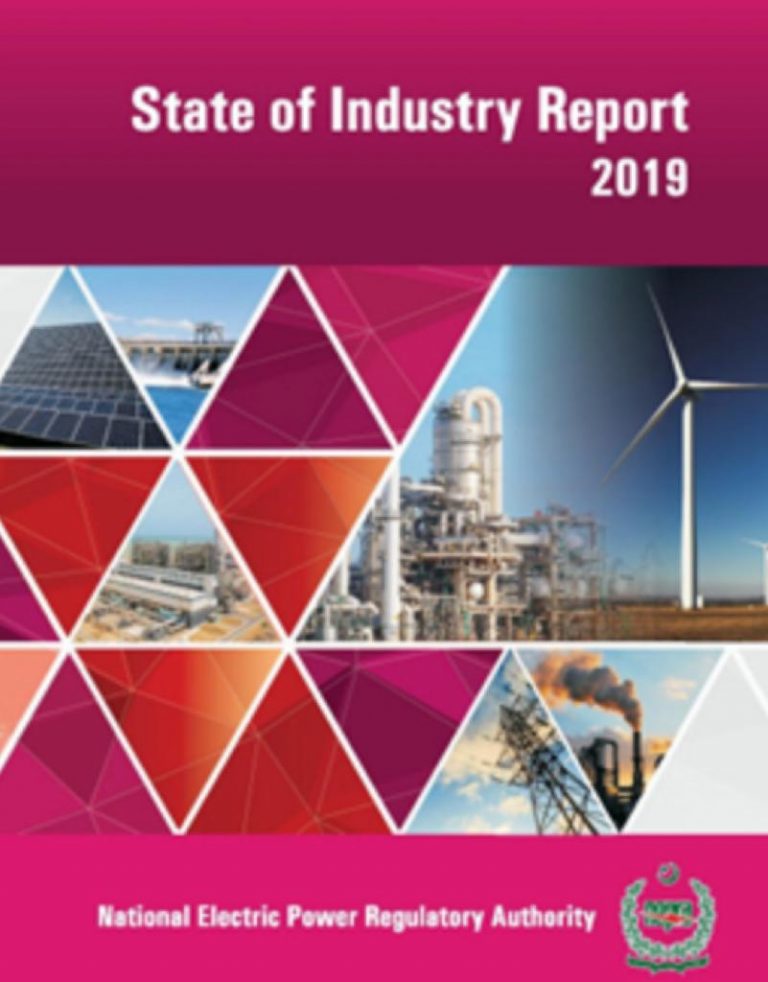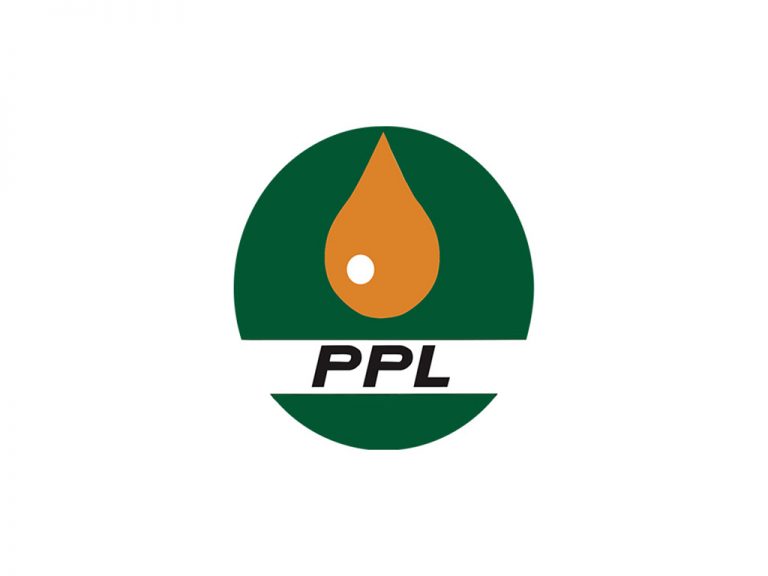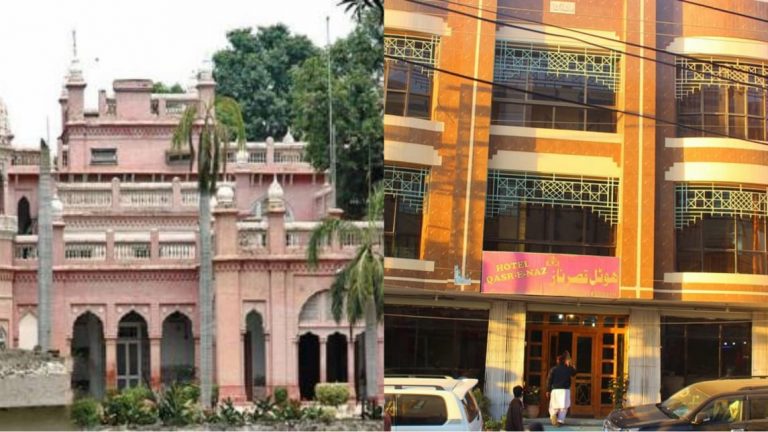Pakistan’s debt increased by Rs 2.4 trillion
Muhammad Afzaal
Islamabad: Pakistan’s total public debt has swelled by Rs 2.4 trillion during the first nine months of the ongoing financial year 2019-20.
According to Pakistan Economic Survey 2019-20, Pakistan’s total public debt jumped up to Rs 35,207 billion at the end-March 2020 against Rs 32,708 billion at the end of June 2019, registering an increase of Rs 2,499 billion.
Federal Government borrowed Rs 2,080 billion to bridge financing during the period under review.
This differential is mainly attributable to the depreciation of Pak Rupee against US Dollar, increase in cash balances of the Federal Government and difference between face value (which is used for the recording of debt) and the realized value (which is recorded as a budgetary receipt) of PIBs issued during the said period.
Out of the total, domestic debt was Rs 22,478 billion and Rs 12,729 billion external debt.
Total Public Debt to GDP ratio reached 72.1 percent while the total debt of the government to GDP was 66.5 percent at end of 2017 as a percentage of GDP stood at 86.1 percent and 77.7 percent respectively at end of June 2019 thus, increasing further during 2018-19. Apart from a fiscal deficit, unprecedented revaluation loss on account of currency depreciation and build-up of liquidity buffer contributed to the increase in Debt-to-GDP ratio during 2018-19.
The Debt-to-GDP ratio was expected to decline at the end of 2019-20 on the back of fiscal consolidation efforts of the government. However, the Covid-19 shock is expected to result in a higher than anticipated Debt to GDP ratio mainly due to a sharp decline in growth and the increase in the budget deficit.
Interest servicing was recorded at Rs 1880 billion during the first nine months of the current fiscal year against the annual budget estimates of Rs 2891 billion. Domestic interest payments were recorded at Rs 1,646 servicing and constituted 88 percent of total interest servicing during the first nine months of the current fiscal which is attributable to a higher volume of domestic debt in the total public debt portfolio.
Pakistan’s External Debt and Liabilities (EDL) represent the debt and liabilities of the public as well as the private sector. The part of EDL which falls under the government domain is a debt that is serviced out of the consolidated fund and owed to the International Monetary Fund. While the remaining includes liabilities of the central bank, the debt of public sector entities, private sector, and banks. EDL reached US$ 110 billion by the end of March 2020, registering an increase of US$ 3.6 billion during the first nine months of 2019-20.
The main components of this increase were external public debt stock increased by US$ 3.0 billion. This increase reveals debt from multilateral and bilateral sources increased by US$ 2.3 billion. These multilateral and bilateral loans are mostly contracted on concessional terms (low cost and longer tenor).
The stock of commercial loans/Eurobonds registered a decrease of US$ 0.7 billion; − Non-resident investment in government securities was recorded at US$ 1.4 billion. It is important to highlight that the Government of Pakistan does not have any currency exposure on these securities as these are denominated in Pak Rupee. SBP foreign exchange liabilities were decreased by US$ 0.6 billion mainly due to the repayment of Qatar’s deposit. PSEs debt decreased by US$ 0.5 billion and external borrowing by the private sector is a healthy sign indicating the private sector’s capacity to borrow for local investments. Private sector debt and liabilities increased by US$ 1.7 billion.
Gross external loan disbursements recorded at US$ 8,017 million during the first nine months of 2019-20. Disbursements from multilateral sources including IMF amounted to US$ 4,839 million and accounted for 60 percent of the total disbursements, out of which ADB and IMF were the main contributors.
The disbursements from IMF were part of the ongoing EFF program while inflows from ADB and other International Financial Institutions (IFIs) were largely targeted towards energy, finance, and infrastructure development. Disbursements from bilateral sources stood at US$ 1,305 million. Out of this total, disbursements from Saudi Arabia and China were US$ 720 million and US$ 460 million, respectively.
Commercial loans contributed US$ 1,873 million in external public debt disbursements. These commercial loans were primarily obtained for a balance of payments support. In wake of the outbreak of the pandemic COVID-19, Pakistan has secured US$ 1,386 million under IMF’s Rapid Financing Instrument (RFI) facility in order to counter the negative impacts of the outbreak on the economy by increasing social sector spending. The amount was disbursed in April-2020 and further COVID-based external inflows are expected from World Bank and ADB during the fourth quarter of the current fiscal year.
External public debt repayments were recorded at US$ 5,537 million during the first nine months of the current fiscal year compared with US$ 4,138 million during the same period last year. Repayment of Eurobonds amounting to US$ 1,000 million and higher repayments to the IMF mainly contributed towards this increase in repayments during the period. Interest payments stood at US$ 1,579 million during the first nine months of the current fiscal year.
In US Dollar terms, revaluation gain owing to appreciation of the US Dollar against other international currencies reduced the external public debt by around US$ 0.8 billion. It is important to note that external public debt recorded an increase of 4 percent in US Dollar terms. However, the Pak Rupee depreciated by 2 percent against the US Dollar during the first nine months of the current fiscal year, which led to a 6 percent increase in external public debt when reported in Pak Rupee terms.
External public debt to foreign exchange reserves ratio increased and recorded at 5.1 times during 2018-19 compared with 4.3 times during 2017-18. Moderate growth in external public debt and depletion of foreign exchange reserves owing to challenging balance of payment situation led to increase in this ratio during 2018-19. This ratio was recorded at 4.5 times at the end-March 2020 compared with 4.3 times at the end of March 2019.
Growth in external public debt servicing mainly driven by repayments of Eurobonds and commercial loans outpaced the growth in FEE and accordingly external public debt servicing to foreign exchange earnings ratio increased to 17.2 percent in 2018-19 compared with 10.8 percent in 2017-18. This ratio was recorded at 17 percent during July – March 2020 compared with 14 percent during the same period last year. Pakistan’s External Debt remains on a sustainable path, which has also been endorsed by the IMF. The requirement for external borrowing arises mainly due to the need to maintain adequate foreign exchange reserves in the face of a large current account deficit.
During the last two financial years, helped by major exchange rate adjustment and adoption of a market-based exchange rate regime, the current account deficit has been substantially reduced, thus lowering the need for external borrowing in the future.








